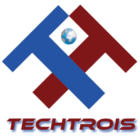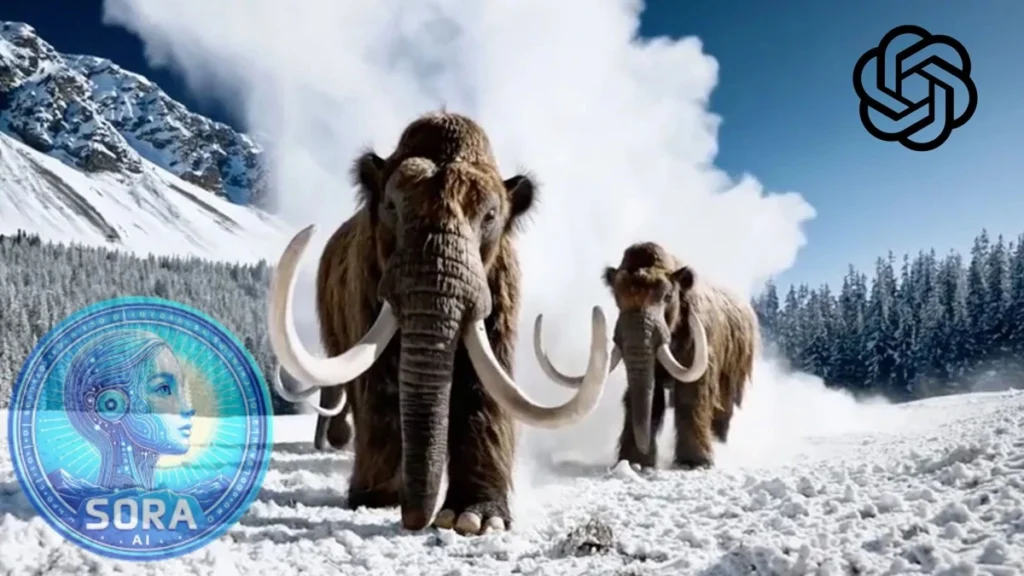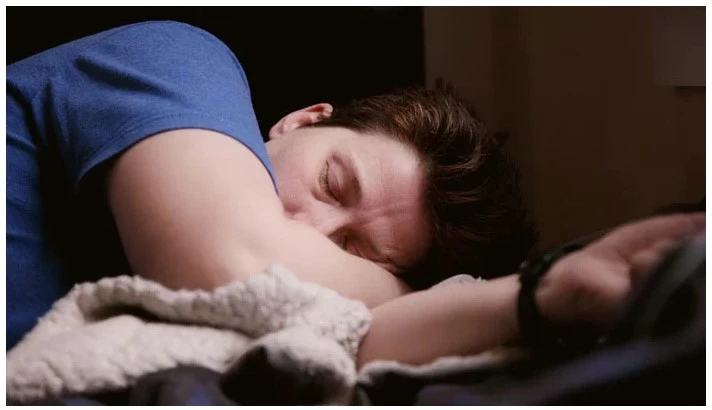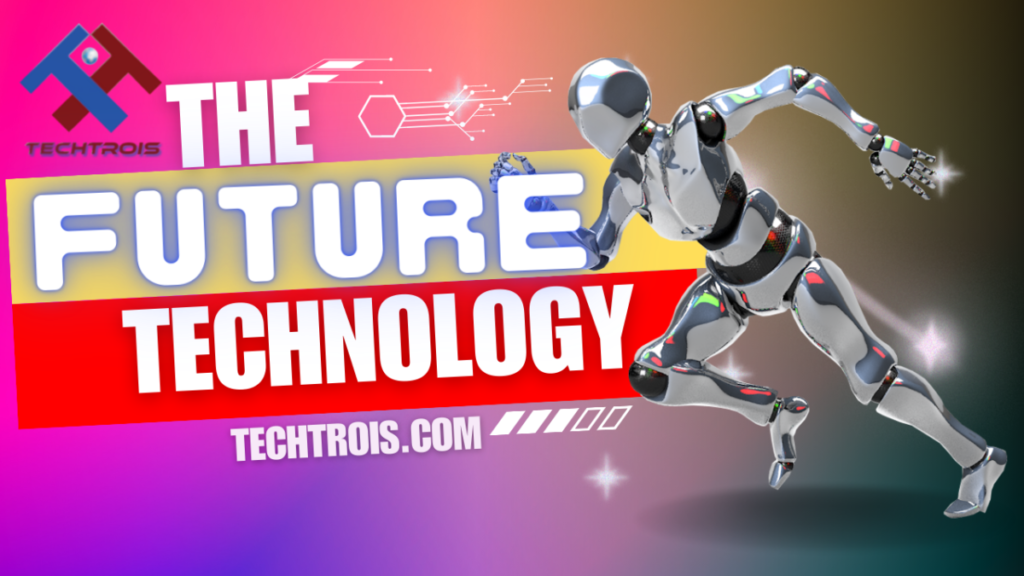What is Sora?
Sora stands as OpenAI’s generative AI model for text-to-video transformation. This Open AI’s Sora technology implies that upon furnishing a textual prompt, Sora crafts a corresponding video aligning precisely with the provided description.
The groundbreaking Sora from OpenAI, a transformative text-to-video AI poised to reshape the landscape of multi-modal AI in 2024. Explore its capabilities, innovations, and profound potential impact on the realm of artificial intelligence.
How Does Sora Work?
Much akin to text-to-image generative AI counterparts like DALL·E 3, StableDiffusion, and Midjourney, Sora operates as a diffusion model. This Open AI’s Sora entails the inception of each video frame with static noise, subsequently employing machine learning to systematically transmute the images into representations resembling the prompt description. Sora videos possess a potential duration of up to 60 seconds.
Solving temporal consistency:
An innovative facet of Open AI’s Sora resides in its capability to concurrently process numerous video frames, effectively mitigating the complex issue of ensuring the consistency of objects as they transition in and out of view.
Combining diffusion & transformer models:
Sora amalgamates a diffusion model with a transformer architecture akin to GPT’s framework. In melding these distinct model types, Jack Qiao discerned that “diffusion models excel in generating intricate low-level texture but falter in orchestrating global composition, whereas transformers encounter the inverse challenge.” In essence, the ideal setup involves employing a GPT-like transformer model to delineate the high-level arrangement of video frames. Complemented by a diffusion model tasked with meticulously crafting the finer details.
OpenAI furnishes a sophisticated overview of the amalgamation’s mechanics. Within diffusion models, images undergo segmentation into smaller rectangular “patches.” In the context of video, these patches adopt a three-dimensional nature owing to their temporal continuity. Conceptually, patches parallel the function of “tokens” found in expansive language models: instead of constituting elements of a sentence, they form constituents of a set of images. The transformer component of the model orchestrates the arrangement of patches. While the diffusion component engenders content for each individual patch.
Yet another idiosyncrasy of this hybrid architecture lies in its approach to render video generation computationally tractable. To achieve this, a dimensionality reduction procedure is integrated into the patch creation process. Alleviating the necessity for computation to occur on every individual pixel across each frame.
Increasing Fidelity of Video with Re-Captioning:
In its endeavor to faithfully encapsulate the core of the user’s prompt. Sora employs a recaptioning methodology akin to that found in DALL·E 3. This entails the utilization of GPT to refine the user prompt by infusing it with additional intricacies before embarking on video creation. Essentially, this process epitomizes a form of automatic prompt engineering.



